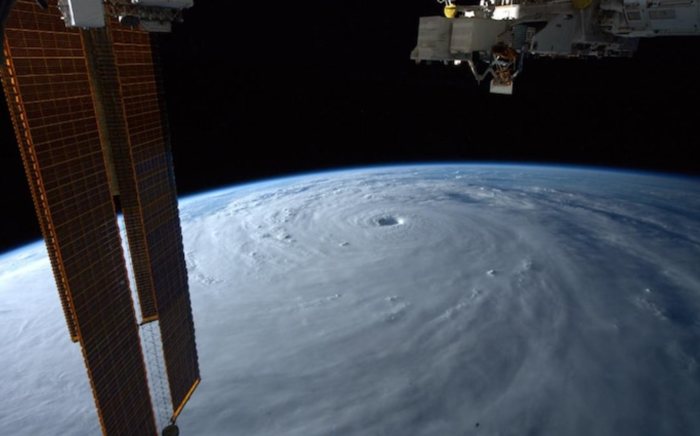TSR forecasts 15 typhoons, 7 to be intense, in 20% below-norm Northwest Pacific season

With the development of La Nina conditions anticipated during this summer and its persistence through the autumn, Tropical Storm Risk (TSR) has called for the Northwest Pacific typhoon season to see activity levels around 20% below normal, albeit still with 15 typhoons, 7 of which are forecast to be intense.
The expectation that La Nina conditions will develop during summer and persist through autumn is the key driver here, as it was for Tropical Storm Risk’s forecast for a very active Atlantic hurricane season in 2024.
Just as the change from El Nino to La Nina would be expected to make the Atlantic more conducive to hurricane formation, the opposite is the case in the Northwest Pacific basin.
As a result, TSR said that it predicts the Northwest Pacific typhoon season will see below average activity, around 20% below the 1991-2020 climate norm, during the 2024 season.
Within the forecast, TSR calls for 25 tropical storms in the Northwest Pacific, 15 of which are expected to intensify to become typhoons, and 7 intensifying further to become intense typhoons.
Total Accumulated Cyclone Energy (ACE) for the Northwest Pacific is forecast to reach an index level of 225.
TSR gives a 66% chance the ACE index will be in the lower tercile (<259), a 24% likelihood the ACE index will be in the middle tercile (259-328) and only a 10% probability the ACE index would make it to the upper tercile (>328) this year.
TSR explains that, “The reason why the TSR extended forecast for 2024 NW Pacific typhoon activity calls for a below-active season is our expectation that La Nina conditions will develop during summer and persist through autumn.
“La Nina conditions inhibit typhoon activity through increased vertical wind shear and enhanced trade winds resulting in reduced cyclonic vorticity across the NW Pacific basin.”
The Northwest Pacific typhoon season geographically incorporates tropical storms that threaten anywhere from the Philippines to Japan, as well as China, Taiwan, and other countries that have a concentration of property insurance and reinsurance exposure.
Northwest Pacific typhoons are considered a peak zone peril for the reinsurance, catastrophe bond and other insurance-linked securities (ILS) markets.
Japan typhoon, in particular, is a peak peril of note, with it a regular feature of ILS arrangements and catastrophe bonds, while outside of that there is still some risk exposure in the ILS market through collateralized reinsurance and retrocession transactions that include coverage for risks in China, Taiwan, the Philippines and South Korea.
But, the raising of attachment points and reduction in aggregate limits also applies to typhoon coverage. Hence, the risk from this peril may be slightly lower in ILS markets today, than it would have been just a few years ago.
Still, it is the steering direction of typhoons and where precisely they track towards and might make landfall that can make this peril an important threat to any exposed ILS, cat bonds, or reinsurance positions.






